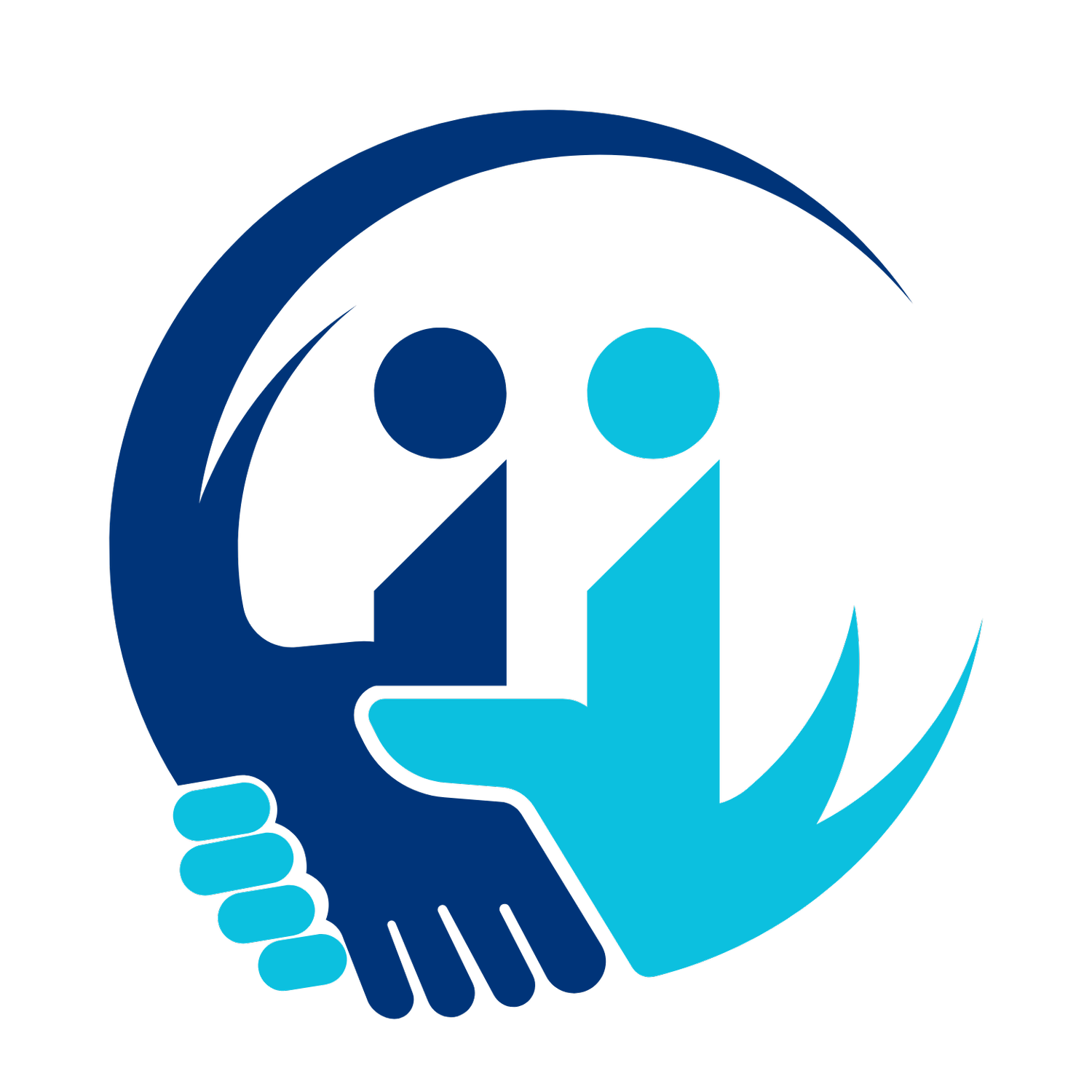Engaged Teams Perform Better — But Most Companies Get It Wrong
Why true engagement starts from within (and how to get it right)
Published by Inside Impact
Team engagement is one of the most misunderstood concepts in business today.
For many companies, “engagement” is a ping-pong table, a Friday drinks Zoom, or an annual employee survey with vague results and zero follow-up.
But real engagement? It’s not about perks. It’s about purpose, clarity, and connection. And when it’s missing, your company feels it — in morale, in performance, and in people walking out the door.
What Does “Engaged” Actually Mean?
An engaged team:
- Understands the company mission
- Feels connected to their role in it
- Trusts leadership
- Feels safe sharing concerns or ideas
- Believes their work matters
Engagement isn’t a mood — it’s a measurable state of motivation, alignment, and emotional investment. And it’s directly tied to your bottom line.
The Cost of Disengagement
In high-growth, high-pressure environments like fintech, disengagement doesn’t look like laziness — it looks like:
- Quiet quitting
- Delayed execution
- High churn in key roles
- Internal friction or finger-pointing
- Low ownership over outcomes
And it’s expensive. Studies show disengaged employees are 37% more likely to miss deadlines, 18% less productive, and more than twice as likely to leave within a year.
So Why Do Companies Get It Wrong?
Most businesses try to solve disengagement with surface-level tactics, like:
- Launching internal “fun” campaigns
- Running anonymous surveys without action
- Hosting company-wide meetings with no feedback loop
- Assuming culture = remote pizza nights
It’s not that these things don’t help — it’s that they don’t get to the root. Engagement is the output of something deeper: a culture of communication, inclusion, and clarity.
Three Ways to Actually Engage Your Team (That Work)
1. Build a Communication Rhythm People Can Rely On
People don’t engage with what they don’t understand. Consistent, thoughtful internal messaging — especially from leadership — helps teams stay aligned, informed, and confident in their direction.
Tip: Start with a weekly internal note, monthly reflection, and clear onboarding comms.
2. Treat Inclusion as a Daily Practice
People engage when they feel safe, respected, and represented — not just once a year at a DEI workshop. Embedding inclusive language, acknowledging difference, and giving all voices room to be heard increases trust across the board.
Tip: Audit your internal messages for tone, representation, and language that invites contribution.
3. Close the Loop
Feedback is only valuable when it’s acted on. If your people speak up — whether in engagement surveys, 1:1s, or anonymous forms — they need to see a response. Engagement dies the moment people feel like no one’s listening.
Tip: Every quarter, pick 1–2 pieces of team feedback and communicate what you did about it (or why you didn’t).
Case Snapshot: UK Financial Services Firm (Hybrid, 120 People)
A hybrid UK-based financial services company came to us struggling with disengaged back-office teams. Communication felt top-down, departments worked in silos, and people were disconnected from the company’s growth.
What we did:
- Introduced a structured engagement rhythm for leadership updates
- Ran listening sessions and DEI workshops
- Built a cross-department internal communications calendar
The result?
- Internal newsletter engagement tripled
- 21% reduction in turnover
- Improved satisfaction scores in the first 90 days post-onboarding
Final Thought: Engagement Drives Everything
If your team isn’t engaged, nothing else works the way it should.
Communication fails. Morale slips. Projects stall. Talent leaves.
But when engagement is done right, it’s a multiplier. It drives retention, performance, innovation, and trust. And it’s not out of reach — it just requires intention, structure, and leadership.
Want to see where your team stands today?
We’ll run a quick engagement diagnostic and share a 3-step improvement plan.
